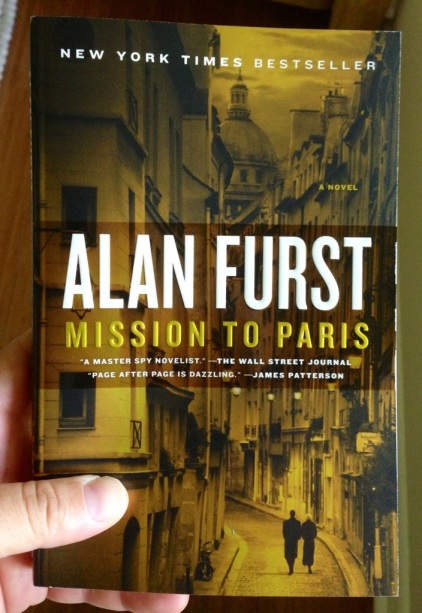The largest art theft in world history occurred in Boston on March 18, 1990 when thieves stole 13 pieces from the Isabella Stewart Gardner Museum.
Collectively worth $300 million.
$400 million.
At least $500 million.
Among the pieces stolen was Vermeer’s The Concert, which is considered to be the most valuable stolen painting in the world.
Also among the pieces stolen: Landscape with an Obelisk, which previously was attributed to Rembrandt.
Having achieved youthful success as a portrait painter, Rembrandt’s later years were marked by personal tragedy and financial hardships.
He died within a year of his son, on October 4, 1669 in Amsterdam, and was buried in an unmarked grave in the Westerkerk.
More than half the subjects of Rembrandt’s etchings are portraits and studies of the human figure; about one-quarter are scriptural or religious. There are two dozen landscapes, and the remainder are allegorical and fancy compositions.

Rembrandt was his own most frequent model.
At least 40 paintings and 31 etchings. Maybe 60. Maybe 70.
Frida Kahlo produced 143 paintings, 55 of which are self-portraits.
Because I am so often alone.
Because I am the subject I know best.
The most acclaimed self-portrait of Leonardo da Vinci is critically, irreparably damaged.
The portrait has got blotches, stains and spots, a condition called foxing.

Leonardo’s self-portrait measures 33.5 by 21.6 centimetres (13.2 by 8.5 inches).
Any list of most famous paintings would be incomplete without the mention of the Mona Lisa by Leonardo da Vinci.
This infamous portrait of Lisa del Giocondo was completed some time between 1503-1519 and currently on display at the Musee du Louvre in Paris.
Leonardo used a pyramid design to place the woman simply and calmly in the space of the painting.
Between 1851 and 1880, artists who visited the Louvre copied Mona Lisa roughly half as many times as certain works by Bartolomé Esteban Murillo, Antonio da Correggio, Paolo Veronese, Titian, Jean-Baptiste Greuze and Pierre-Paul Prud’hon.
And in 1911, Louis Béroud.

The Mona Lisa’s fame was emphasized when it was stolen on 21 August 1911.
On 22 August 1911, Louis Béroud walked into the Louvre and went to the Salon Carré where the Mona Lisa had been on display for five years. However, where the Mona Lisa should have stood, he found four iron pegs.

French poet Guillaume Apollinaire, who had once called for the Louvre to be “burnt down,” came under suspicion; he was arrested and put in jail. Apollinaire tried to implicate his friend Pablo Picasso, who was also brought in for questioning, but both were later exonerated.
(In 1900 Apollinaire would write his first pornographic novel, Mirely, ou le petit trou pas cher, which was eventually lost).
The 1991 film Hudson Hawk (1991) centers on a cat burglar who is forced to steal Da Vinci works of art for a world domination plot.
A colossally sour and ill-conceived misfire.
In 1812 France was devastated when its invasion of Russia turned out to be a colossal failure in which scores of soldiers in Napoleon’s Grand Army were killed or badly wounded.
Napoleon’s conquests in Europe were followed by a systematic attempt, later more tentatively echoed by Hitler, to take the finest works of art of conquered nations back to the Louvre in Paris for a grand central museum of all Europe.
Napoleon boasted:
We will now have all that is beautiful in Italy except for a few objects in Turin and Naples.
The contents of nearly all the tombs of the Pharaohs were already completely looted by grave robbers before the invasion of Egypt by Alexander the Great in 332 BCE.
Rome was sacked seven times.
King Shishak of Egypt attacked Jerusalem and took away the treasures of the Lord’s temple and of the royal palace. He took everything, including the gold shields that Solomon had made.
In the Book of Jeremiah 15:11 the Lord says:
Jerusalem, I will surely send you away for your own good. I will surely bring the enemy upon you in a time of trouble and distress. I will give away your wealth and your treasures as plunder. I will give it away free of charge for the sins you have committed throughout your land.
Sack of Constantinople by the Fourth Crusade, 1204.
The Sack of Baghdad, 1258.
Hernán Cortés and the looting of the Aztec gold.
Adolf Hitler was an unsuccessful artist who was denied admission to the Vienna Academy of Fine Arts.
The Third Reich amassed hundreds of thousands of objects from occupied nations and stored them in several key locations, such as Musée Jeu de Paume in Paris and the Nazi headquarters in Munich.
Later, storing the artworks in salt mines and caves for protection from Allied bombing raids.
These mines and caves offered the appropriate humidity and temperature conditions for artworks.

Raphael’s Portrait of a Young Man was confiscated from a Polish family by the Nazis in 1939 for Hitler’s Führermuseum in Linz.
It disappeared in 1945 shortly before the end of the Second World War.
On 1 August 2012, the Polish Ministry of Foreign Affairs announced that the painting had been found in a bank vault in an undisclosed location.
Thirty years after it was stolen, Camille Pissarro’s Le Marche aux Poissons was returned to the French.
Authorities believe they know who stole art from Boston’s Isabella Stewart Gardner Museum in the largest art heist in U.S. history.
Eventually they will resurface. Somebody will rat somebody else out. It’s really only a matter of time.
A drawing stolen from an ice cream shop is now back in the hands of its creator.




 The book ends in 2015; I’ll let Mahé’s image speak for itself:
The book ends in 2015; I’ll let Mahé’s image speak for itself:

















